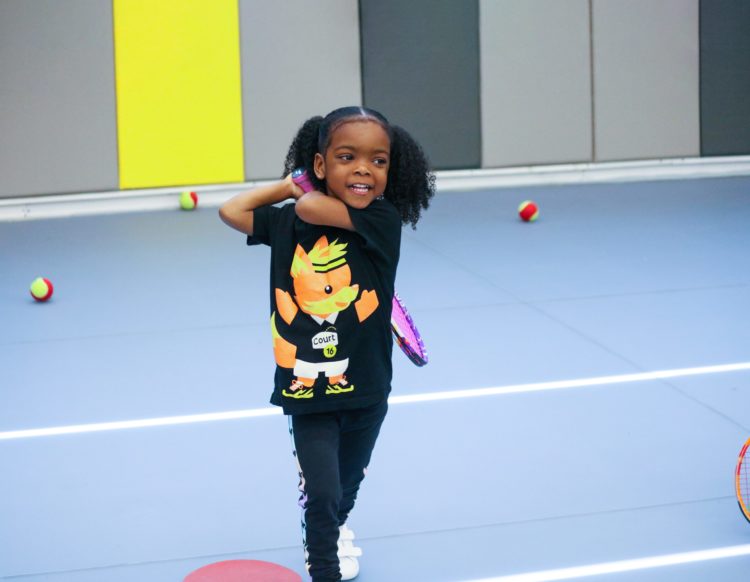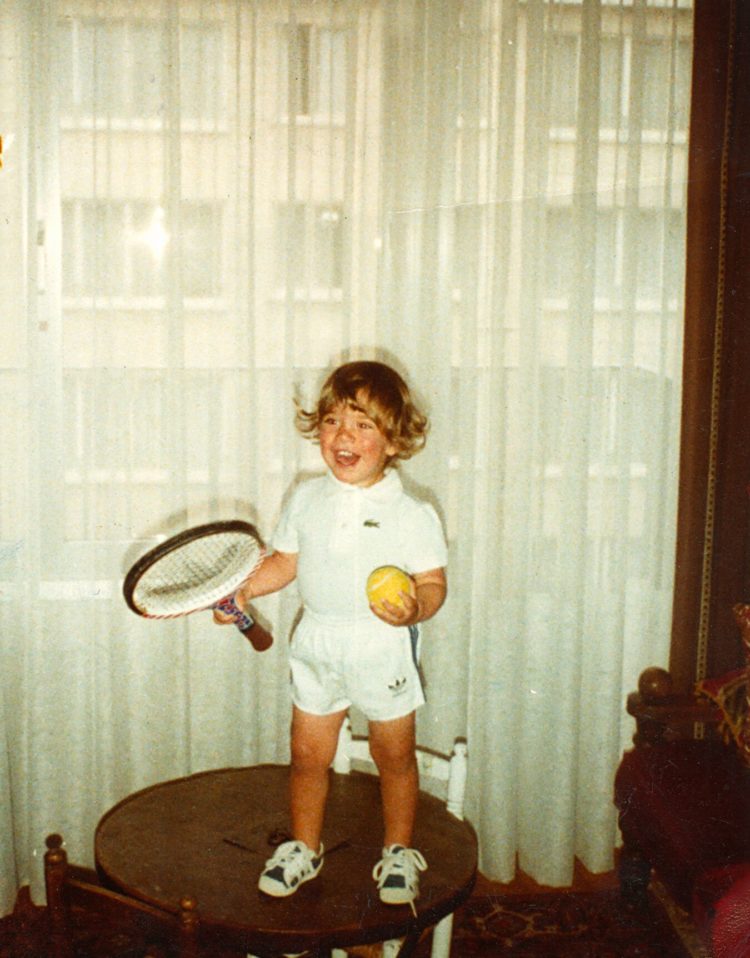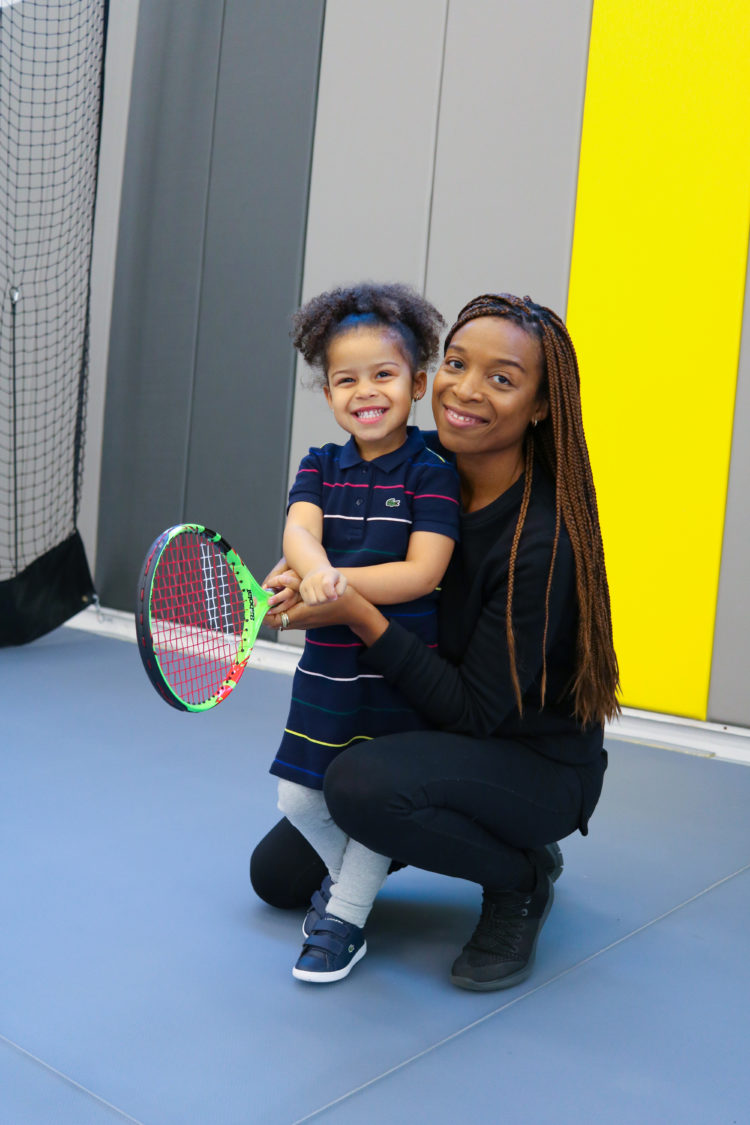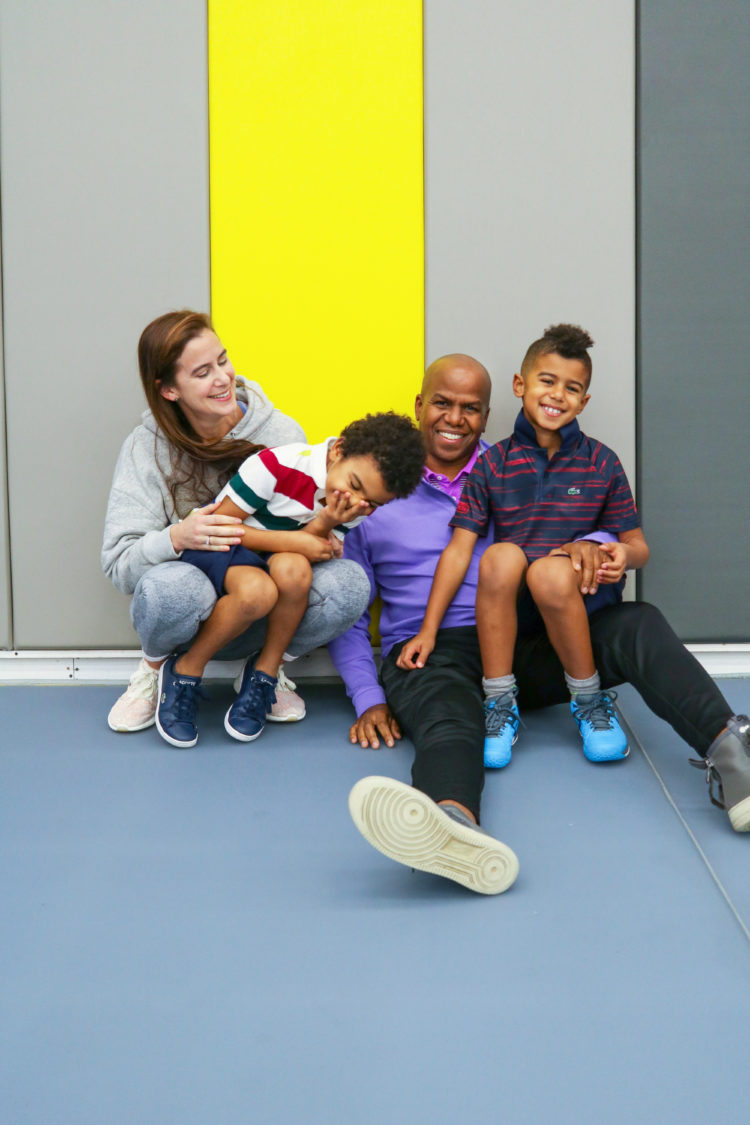As we start to reimagine life in New York City after the pandemic, conventional wisdom points to some key factors that will help certain businesses survive—or thrive—in a post-Covid economy. In an age of social distancing, one of those factors is increased support for the city’s small businesses that focus on building community.
We’ve all heard the sobering statistics. Unemployment in New York City is still at 14%, after hitting 20% in June and July. Roughly one-third of the city’s 240,000 small businesses may never reopen, according to a widely circulated Partnership for New York City report, which was produced with the input of 14 top global consulting firms.
And yet, according to that same report, “New York has emerged stronger from past crises. Its resilience has been a tribute to the fierce love and loyalty that the city commands from generations of immigrants and aspiring young Americans who have made it here.”
Anthony Evrard is one such immigrant. A Belgian native who came to New York 16 years ago to work in publishing after attending college (on a tennis scholarship) in Los Angeles, he is the founder and CEO of Court 16, the first indoor tennis club in the US that is designed exclusively for families with children ages 3-11.
For now, Court 16, which opened in September 2014 and now has two locations, in Brooklyn and Long Island City, seems to be weathering the storm. With a bit of help from the SBA’s Paycheck Protection Program (PPP), they managed to reopen over the summer, around a promise to keep engaging young athletes and families in architecturally progressive spaces.
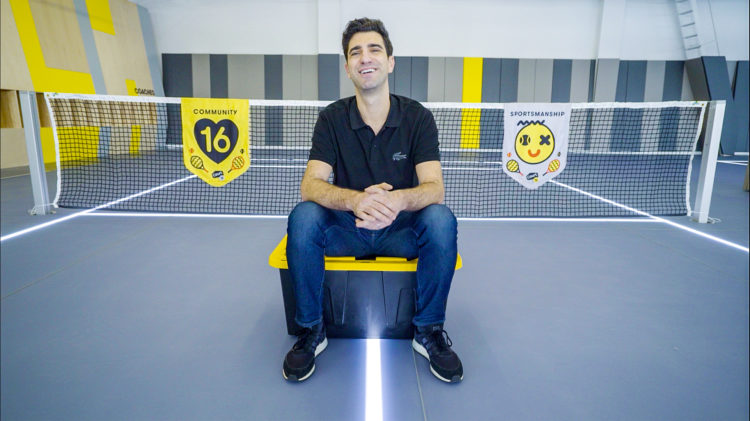
Anthony claims that his team’s holistic approach to the sport is about connecting mind and body to develop confidence and sportsmanship, and the kids seem to be having a ton of fun along the way. Court 16 provides individual and group lessons, and bonds get created at birthday parties, social evenings for adults, camps, movie nights and special community events.
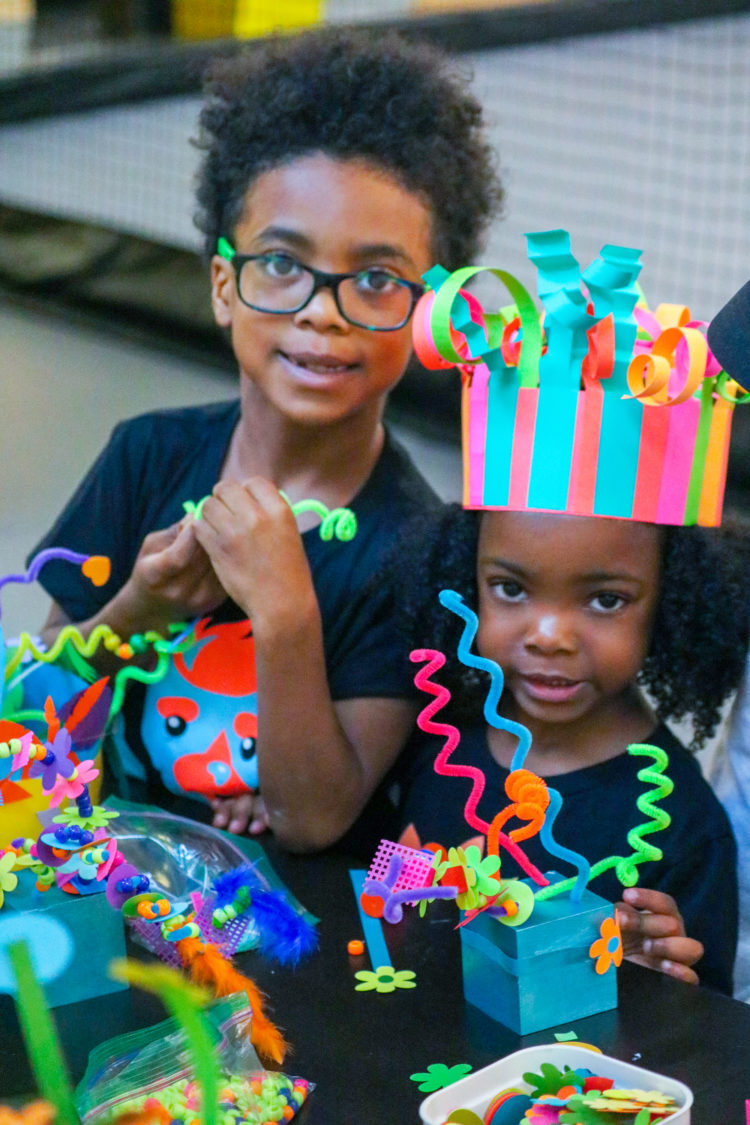
On a recent Monday evening, I went to Brooklyn to interview eight-year-old Noah Reid, who has been going to Court 16 since he was 4. “Tennis is like squash,” he told me, “but it’s slower. Squash has a tinier racquet, and there aren’t really any grips. With tennis you go medium speed.” Noah says that tennis is different from basketball, which he also plays, because in tennis, you don’t have a team, unless you’re playing doubles.
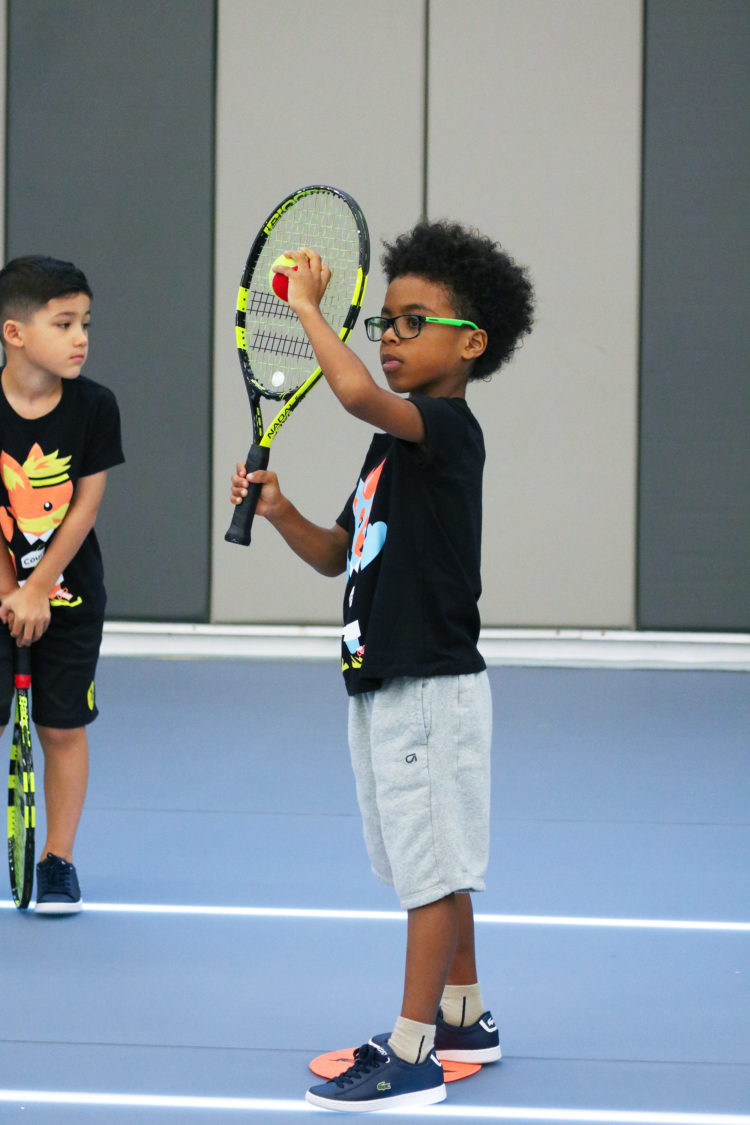
Noah’s six-year-old sister Laila Reid is also in the Court 16 gang, even though she speaks fondly of her love for gymnastics and ballet. “My forehand is really good to me,” she told me. Backhand is harder for her, because she’s a righty. Laila has even played (and enjoyed playing) against some boys. She like the volleys.
Their father, Donald Reid, works at the Roxy Hotel in TriBeCa. He and his wife have been living in Brooklyn for more than 20 years. “The inspiration for the kids getting into tennis comes from their grandfather,” Donald told me. “He is a tennis fanatic, a huge Venus and Serena Williams fan. He followed Venus and Serena since they were kids. For years, he had this vision of his own kids playing tennis, as athletes, but since none of his own kids chose that path, his next best thing was his grandkids playing tennis.”
Even though he says he has now fallen in love with the game, Donald Reid says he didn’t really know too much about tennis at first, when he and his wife pretty much stumbled upon the building that houses Court 16. One day, they were driving through Gowanus, around Third Avenue and Baltic. They saw this place that looked like it might be a tennis school.
A few days later, they drove by again and went inside. They were surprised by the urban location, with public housing right across the street from Court 16. Once inside, they realized the place had been newly opened, with indoor tennis courts, which was convenient as it was winter time. “We met Anthony, and the rest is history,” Donald says.
Anthony named Court 16 as a nod to tennis court memories from his childhood in Brussels. “It’s the number of the tennis court where my grandfather played for decades with his friends,” he says. “Court 16 is where I hit my first tennis balls as soon as I was able to walk. It’s where my parents took me to play every weekend, and it’s where I played countless hours with my sister, who was a nationally ranked player, my best friend, and my mentor when I started coaching.”
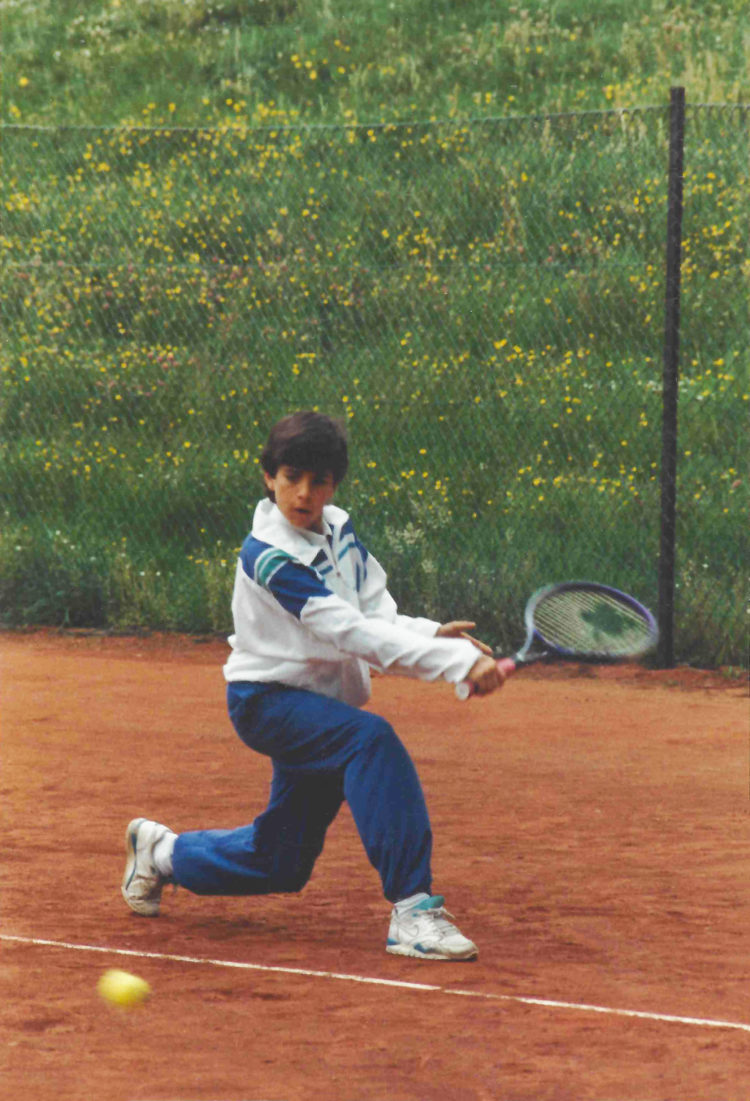
He says that that foundational time in his life is what shapes the Court 16 tennis experience for every family that steps on their courts today. As with many entrepreneurial dreams, this venture started with sketches, mission statements and financial models. In this case, articulating the Court 16 family tennis experience on Moleskine notebooks took several years.
Along the journey, Anthony met his Boston-based French business partner, Romain Aubanel. A well-rounded entrepreneur, Romain has impacted the business side of the venture since day one. The two business partners agreed to start the company over tapas in Boston, and later they were joined by Matias Honorato, a New York-based architect who’d worked under the late I.M. Pei.
Over drinks at Pianos on Ludlow Street in the Lower East Side, Matias somehow agreed to become a partner and the head of design for the company. They rounded out the team with Anthony’s longtime mentor Stephen Greco, a writer who was instrumental in crafting the Court 16 narrative, and Romain’s business school friend Matthieu Bullion, who helped frame the business model over hundreds of hours of Skype calls.
The launch was tough, as could be expected, because of construction delays and all kinds of headaches over permits, staffing and other go-to-market issues, but the team managed to create the kind of small business that can prove resilient in a city like New York. Anthony says it took a serious dose of perseverance, endurance, and risk taking, but he credits Court 16’s success as a profitable venture to those friendships with his co-founders, and to the unconditional support he received from his parents and his wife (and best friend) Gabriella Evrard.
“Gabriella is my ultimate barometer,” Anthony reveals. “She has been contributing to our shared giant Post-it posters at our apartment for the past nine years. She has made this journey such a wonderful collective experience.”
I asked Anthony what brings him the most joy at Court 16. “Nothing brings me more joy than seeing three generations of Court 16ers coming to the club. Seeing a five-year-old’s excitement at taking his grandfather by the hand to introduce him to his coach and show him his court is surreal, and symbolic of one of the most joyful moments our team has created. I’m also immensely proud of our Sound of Tennis program for the blind and visually impaired. The idea started after a discussion with my mother-in-law five years ago. Today, we have over 40 athletes participating in our free, weekly tennis program.”
Priscilla Debar is a Brooklyn-based senior managing counsel at marketing technology company Acoustic. Her daughter Olympia is a loyal member of the Court 16 family. A French Togolese American, Priscilla moved to New York shortly after graduating college in Paris. She feels that, growing up in France, there were two sport events that she, her family and her friends never missed: the World Cup and the French Open, also called Roland-Garros.
“We are all huge soccer and tennis fans in the family,” she says. “But as a Black kid, it was much easier to relate to the success stories of soccer players than to tennis champions simply because as a Diasporan, I was not represented on the tennis scene. Among the top players, I think we only had one figure of African descent back then, Yannick Noah, and even now the sport still has an elitist reputation although we are seeing great progress on the representation front, thanks to athletes like Serena, Venus or Naomi Osaka.”
Priscilla says that when she and her French husband Henri Debar went about looking for extracurricular activities for Olympia, tennis didn’t immediately come to mind because of its reputation for exclusivity. In the end, they opted for Court 16, because they noticed that Anthony and his team had turned that idea on its head. At Court 16, the Debar family feels like they belong in the community.
“Beyond offering fun and high quality classes, Court 16 is expanding horizons for kids from all backgrounds (and their families!),” she adds. “I think in the chaos and isolation we’ve been experiencing this year, it has been amazing to be able to rely on the club to maintain a sense of togetherness and normalcy while keeping safety a priority. Our five-year-old looks forward to her Tuesday sessions and my Togolese dad loves to joke that she will be the next Serena. Let’s see. At least, now he can dream.”
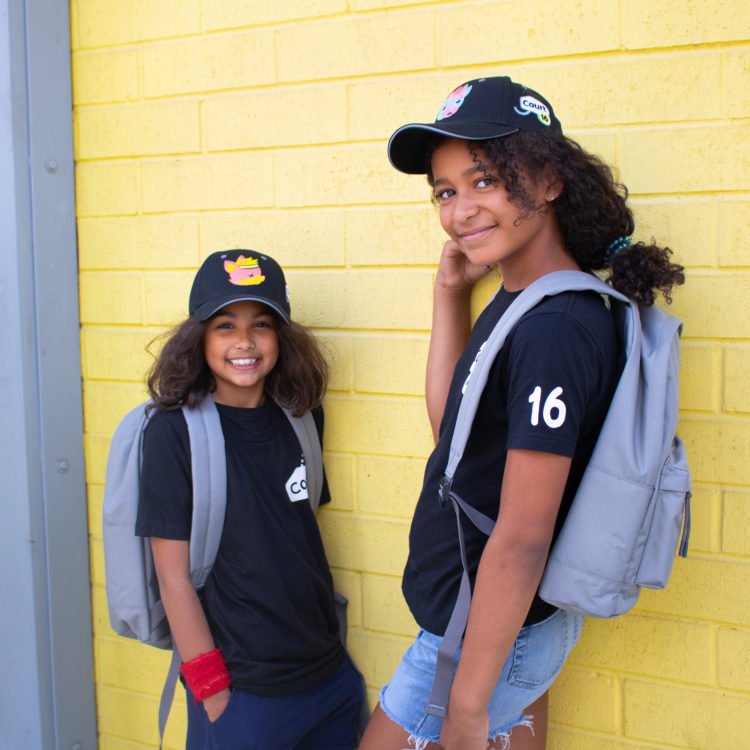
Court 16 is selling the idea that tennis is a blueprint for life. Anthony and his team see tennis as embodying the moments that shape us, the values that define us, and the memories that make life so meaningful. One of the three-generation experiences Anthony describes can be told through the passion of Noah and Laila Reid’s 79-year-old grandfather Ray Moonsammy.
Ray was born and raised in Trinidad, and he came to Brooklyn with his family in 1986, after living in Caracas, Venezuela for more than two decades. When Ray was a young boy in Trinidad, he would go sit next to the fence and watch people play tennis behind the fence. “I didn’t know why we couldn’t play,” he told me a few minutes after I interviewed his grandchildren and his son-in-law.
“It was only after I got a bit older that I realized that it had to do with either color or economics. We were too poor to play tennis, because we only had two pairs of shoes, one for school and another for church. For tennis, you needed tennis shoes, white shorts, a tennis racquet, you needed lots of things that we didn’t have. Eventually, we would take a piece of wood, and we would make our own racquets and play on the road.” Court 16 is, to Ray, a childhood dream come true.

